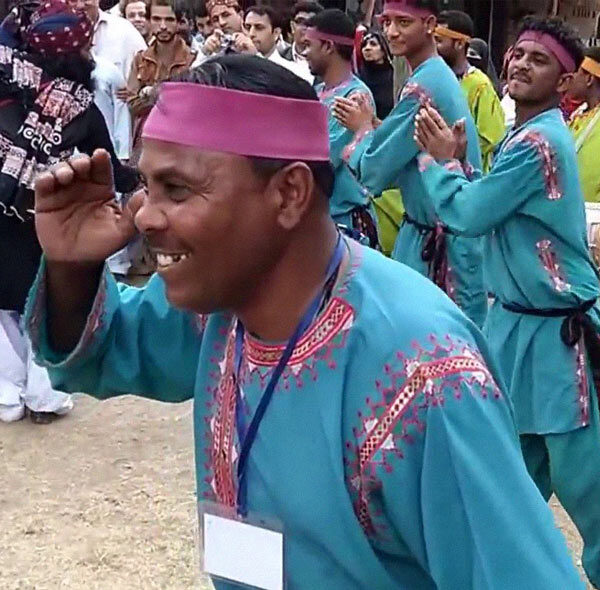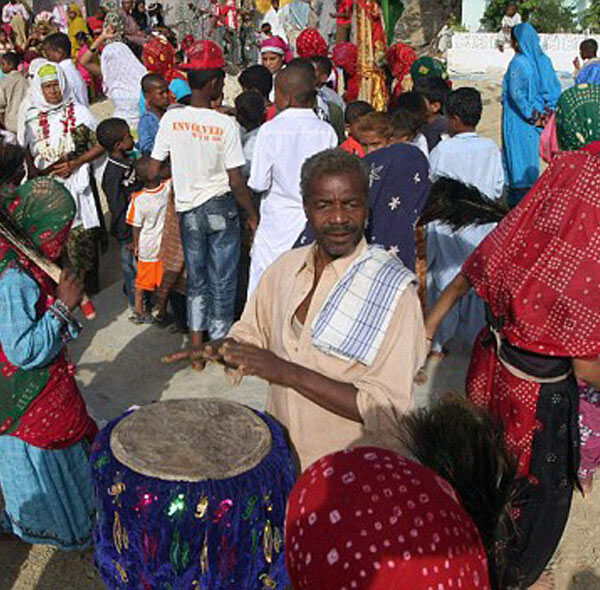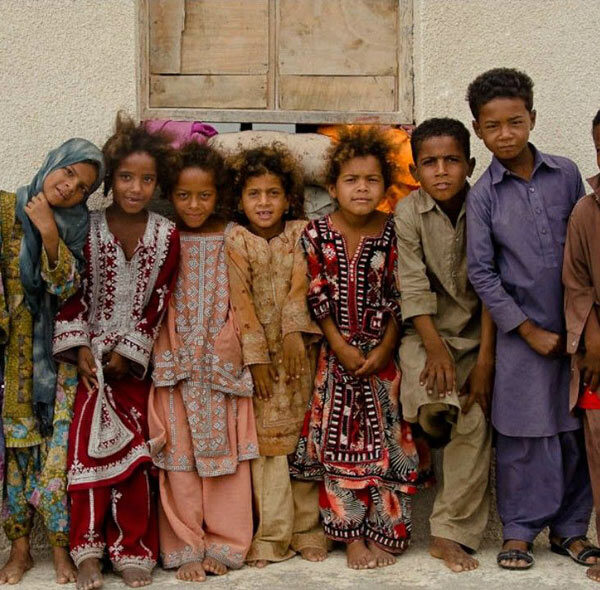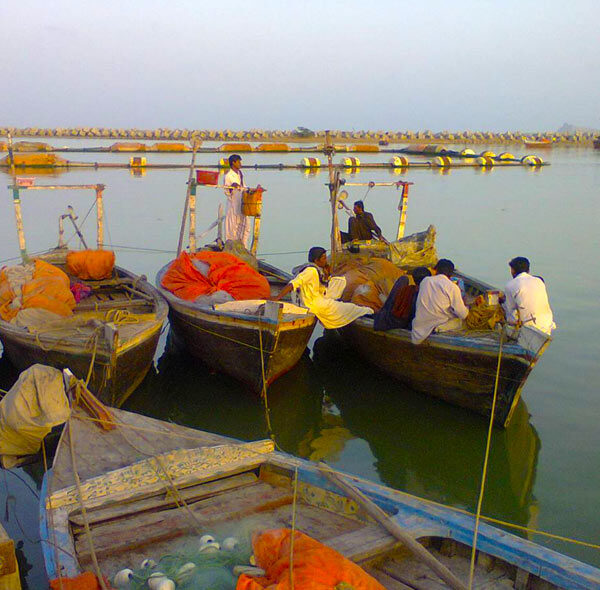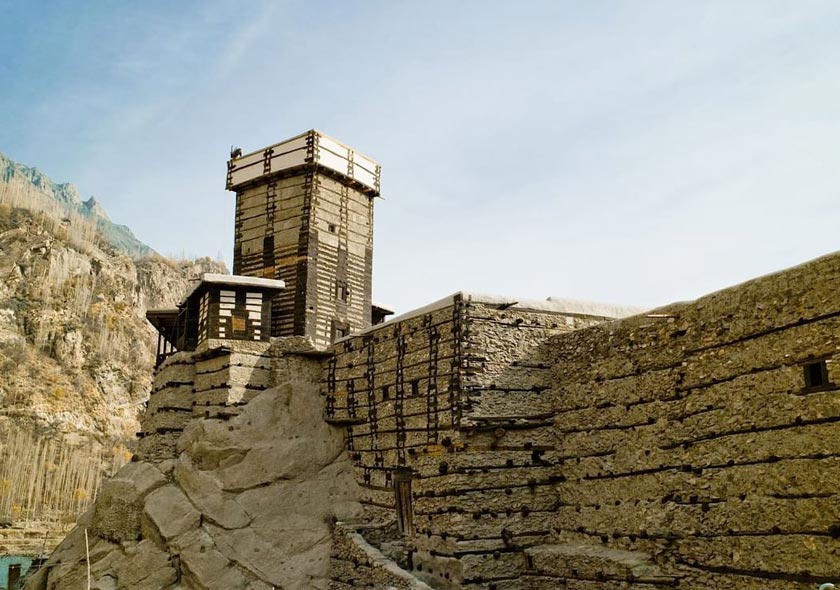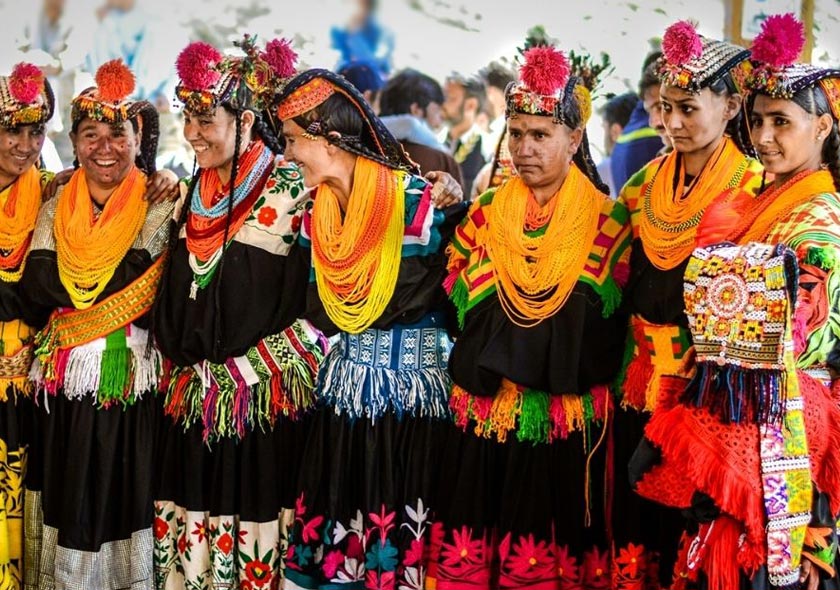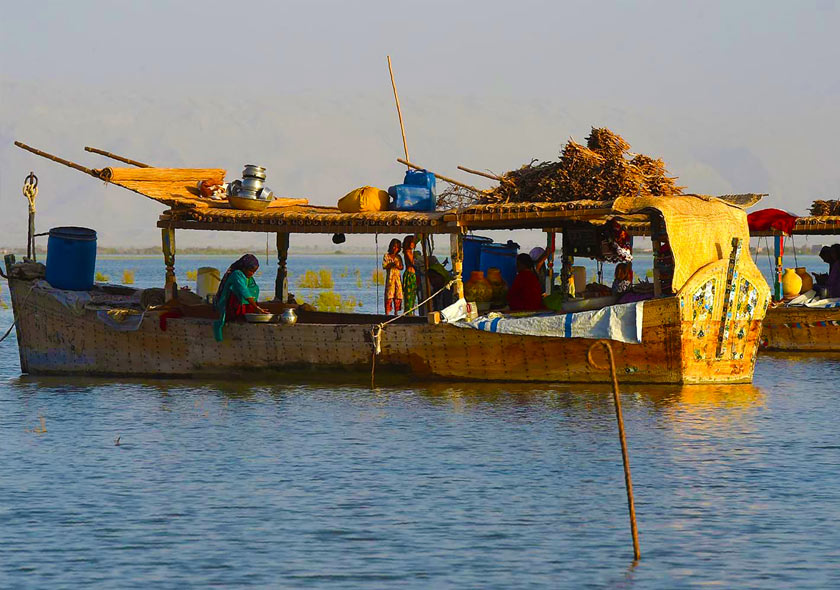Makrani Sheedi people of Makran Coast
Duration Days
Overview
The Makrani Sheedi or Habshi are an ethnic group inhabiting the Sindh and Baluchistan provinces of southern Pakistan. They are primarily descended from the Bantu peoples of the Zanzibar coast in Southeast Africa and Ethiopia, most of whom arrived in the Indian subcontinent through the slave trade. Others arrived as merchants, sailors, indentured servants, and mercenaries. The Sheedi population is currently estimated at around 850,000 individuals. They are primarily Muslims, although some are Hindus and others belong to the Catholic Church.
Although often economically and socially marginalized as a community today, Sheedis have played large roles in the politics of the subcontinent. The most famous Sheedi, Malik Ambar, effectively controlled the Ahmednagar Sultanate in the Deccan. He played a major role, politically and militarily, in subcontinental history by limiting the penetration of the Mughal power into the Deccan Plateau.
There are conflicting hypotheses on the origin of the name Sheedi. One theory is that the word derives from sahib, an Arabic term of respect in North Africa, and modern India and Pakistan. A second theory is that the term Sheedi is derived from the title borne by the captains of the Arab vessels that first brought Sheedi settlers to the subcontinent; these captains were known as Sayyids.
Makrani Sheedis are also sometimes referred to as Afro-Indians. They were referred to as Zanji by Arabs; in China, various transcriptions of this Arabic word were used, including Xinji and Jinzhi.
In Pakistan, locals of Bantu descent live primarily along the Makran in Balochistan and lower Sindh. The estimated population of Sheedis in Pakistan is 250,000. In the city of Karachi, the main Sheedi center is the area of Lyari and other nearby coastal areas. Technically, the Sheedi is a brotherhood. The Sheedis are divided into four clans, or houses: Kharadar Makan, Hyderabad Makan, Lassi Makan and Belaro Makan.
The Sufi saint Pir Mangho is regarded by many as an important Wali of the Sheedis, and the annual Sheedi Mela festival is the key event in the Sheedi community’s cultural calendar. Some glimpses of the rituals at the Sheedi Festival may include visits to sacred alligators at Manghopir, playing music and dance. Clearly, the instrument, songs, and dance appear to be derived from Africa.
In Sindh, the Sheedis have traditionally intermarried only with people such as the Mallahs (fisher people), Khaskheli (laborers), Khatri (dyeing community), and Kori (clothmakers). Most Sheedis today are of mixed heritage and can be found in Sindh where the main language is Sindhi.
Famous Sheedis include the historic Sindhi army leader Hoshu Sheedi and Urdu poet N. M. Danish. Sheedis are also well known for their excellence in sports, especially in football and boxing. Qasim Umar is one cricketer who played for Pakistan in the 80s. Younis Jani is a popular Sheedi singer famous for singing an Urdu version of the reggaeton song “Papi chulo… (te traigo el mmmm…).”
Sheedis are largely populated in different towns and villages in lower Sindh. They are very active in cultural activities and organize annual festivals, like, Habash Festival, with the support of several community organizations. In the local culture, when there is a dance, it is not performed by some selected few and watched idly by others but it is participated by all the people present there, ending the difference between the performers and the audience.
Sheedis in Sindh also proudly call themselves the Qambranis, in reverence to Qambar, the freed slave of Ali, the fourth Rashid Caliph. Tanzeela Qambrani became the first Sheedi woman to be elected as a member of the Provincial Assembly of Sindh in the recent past.


